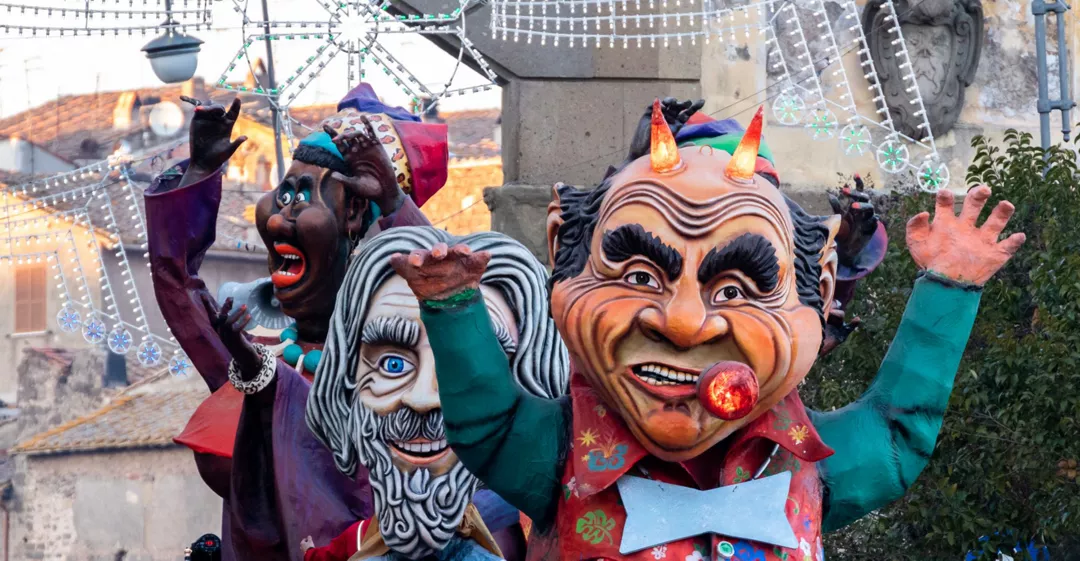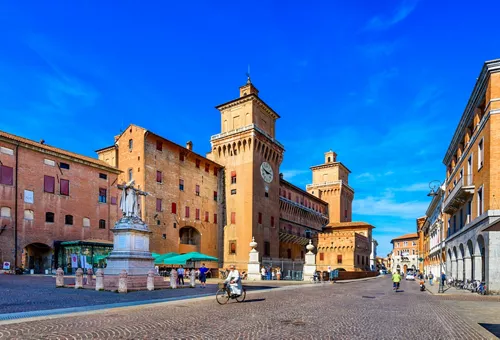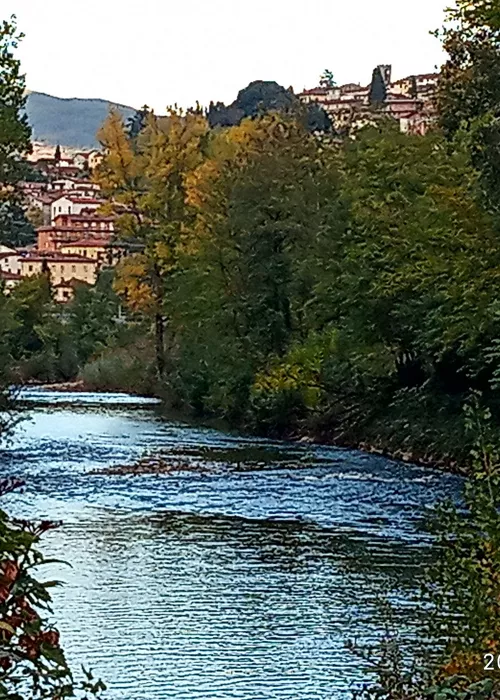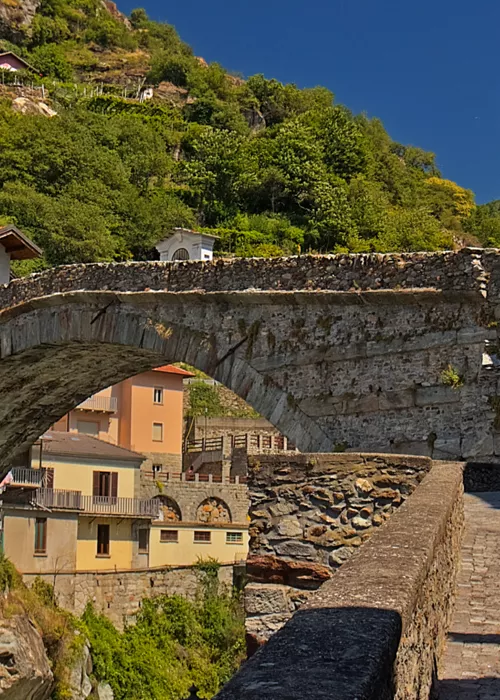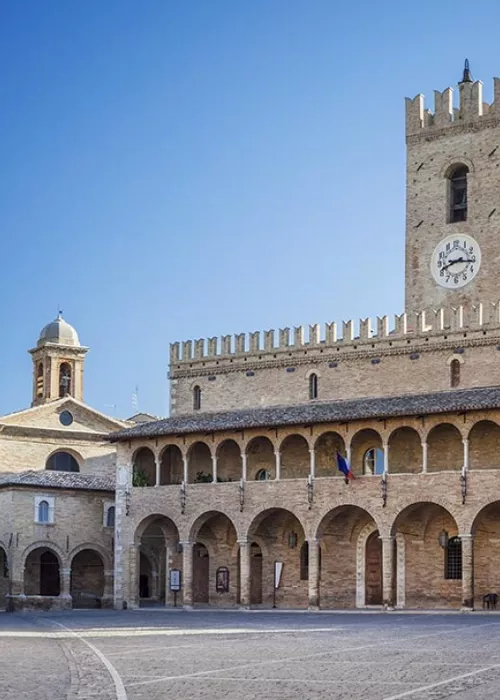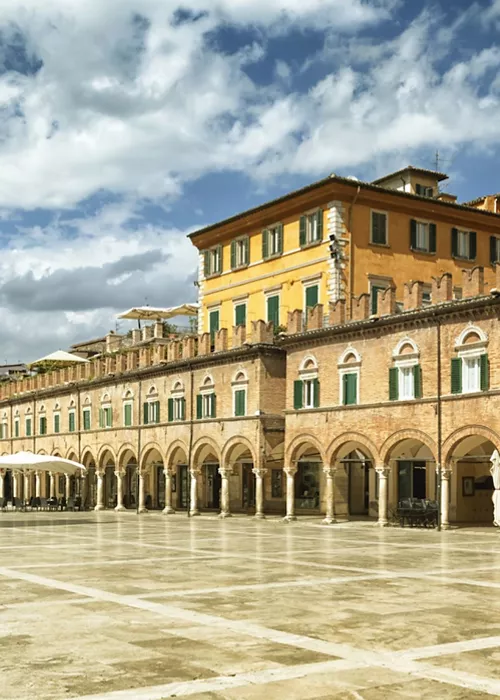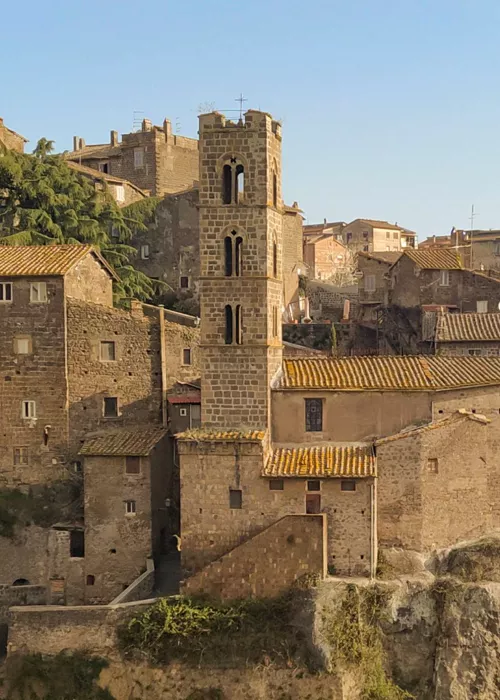Italy's historic Carnivals: folklore, entertainment and traditions
3 minutes
Index
Este Carnival: Renaissance style, culture and entertainment

The Carnival in Ferrara brings with it the essence of the Renaissance, celebrating the ancient glories of the city of the Este Dukes. Music, processions, flag-throwing displays, banquets and traditional masks permeate the alleys of the historic centre and its ancient buildings, the beauty of the Estense Castle and the evocative Piazza del Municipio. Confetti and streamers fly, while entertainment and traditional desserts combine in an unmissable historic event if you happen to pass through Ferrara.
Santhià Historic Carnival: colours, enjoyment and tradition
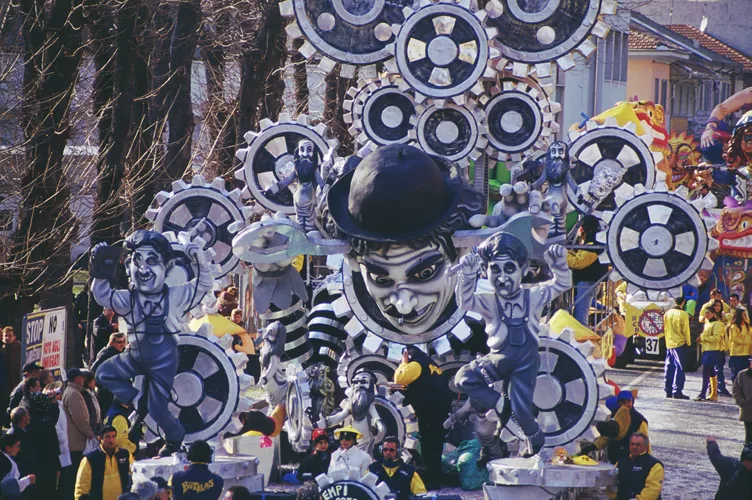
The Carnival in Santhià (Piedmont) gets going very early with the morning, woken by the pipe and drum band. More than 2000 people take turns in these bands, masked parades, entertaining shows and breaks for food and drink. One of the most eagerly awaited moments is the parade with colourful allegorical floats along streets of the town. A typical recipe absolutely well worth trying is the Colossale Fagiolata prepared with lard, salami and beans. Lighting the Babaciu bonfire in the central square is very evocative and marks the end of Carnival.
Bibbiena Historic Carnival: The re-enactment of the Mea
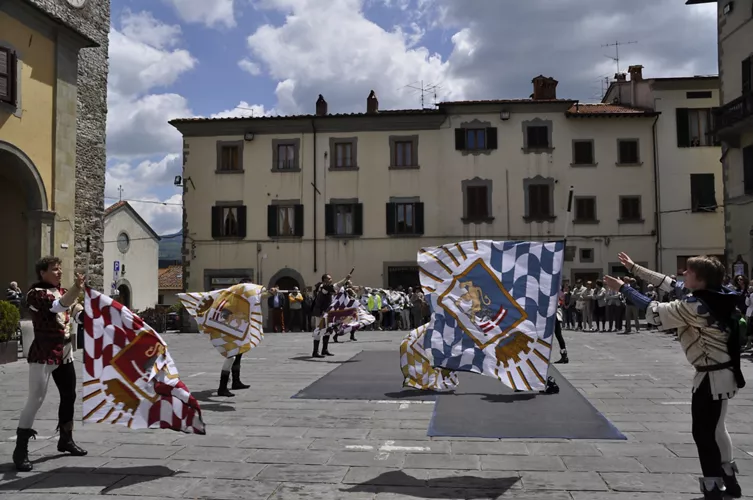
This Carnival in Tuscany focuses on the legendary love of Bartolomea, a beautiful but poor girl who Marco Tarlati, the son of a wealthy count, fell in love with and did everything he could to win. For the occasion, the city opens the doors of its historic buildings, while the alleys and streets come to life with marches of masked parades, performances by flag throwers, shows by jugglers, street artists and fire eaters. The crafts shops stay open until late at night, while the taverns serve delightful ancient Mediaeval recipes! Such as the delicious Casentino gnocchi and Carabaccia - naturally with plenty of local red wine. The evocative Bello Pomo Bonfire marks the end of the Carnival period.
The Historic Carnival of Pont-Saint Martin: folklore, history and tradition
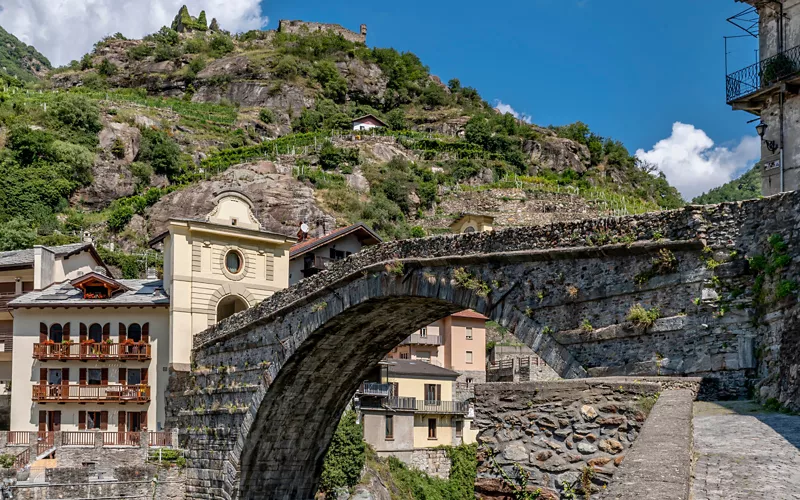
Celebrated in February, it recalls the victory of the Romans over the Salassi during the invasion of the Aosta Valley. The parade involves the Nymph of Lys and her handmaids, Bishop Martino, Roman guards, tribunes of the plebs and the Salassi, all with their own histories and legends. Absolutely don't miss the folklore chariot race followed by the parade of allegorical floats and Burning the Devil with music and fireworks. The Carnival also highlights typical local produce and recipes, including polenta and cod. A spectacle of colours, fantasy, music and costumes accompanied by an ancient culture and its traditions.
Offida Carnival
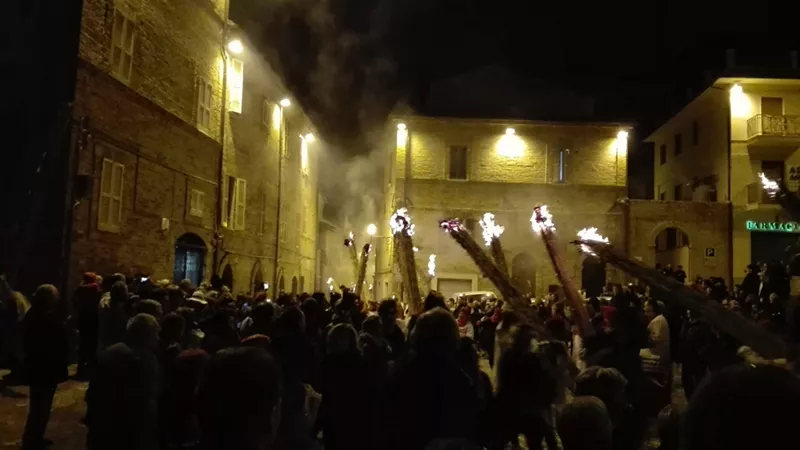
The historic Carnival in Offida, one of the most beautiful villages in Italy near Ascoli Piceno, is celebrated every year, beginning on the feast day of Sant'Antonio Abate. Unmissable moments include the popular Lu Bov Fint - a bullfight where the protagonist is an ox silhouette led by a group of men dressed in white robes and red neckerchiefs, and the Li Vlurd parade - the "Procession" with burning reeds carried through the streets of the town and left to burn in the square for the final bonfire. A mystical celebration of the people where music, colours and folklore all come to the fore.
Ascoli Piceno Carnival: satire and entertainment in the main square
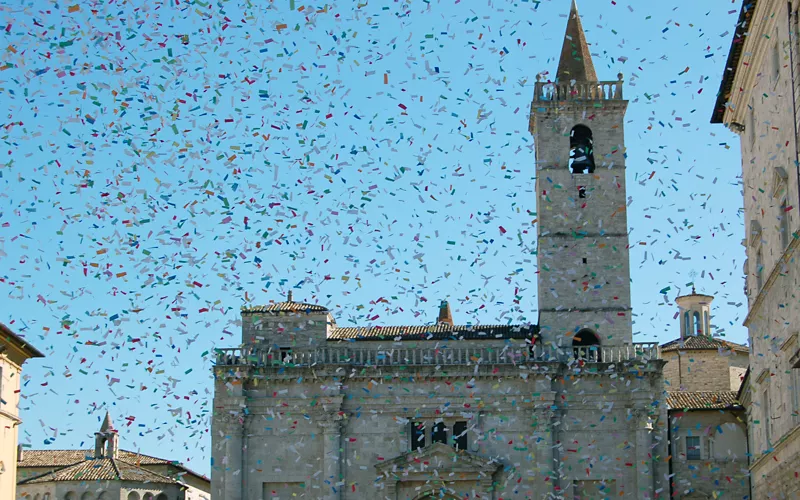
The Carnival of satire and fun, staged in the city with local people as the actors. A carefree event involving bizarre characters, comic gags and caricatures of prominent local figures interpreting amusing satirical scenes. The characteristic masked figure of the city is Lu Sfrigne and the favourite location for everyone taking part is the evocative Piazza del Popolo - that for the occasion reveals its splendour and beauty under the light of its turn-of-the-century street lamps. And don't miss the competition involving local groups of figures in masks; if you love good food, order chestnut ravioli or delight your palate with sweet frappe, zeppole and castagnole!
The Historic Carnival in Ronciglione
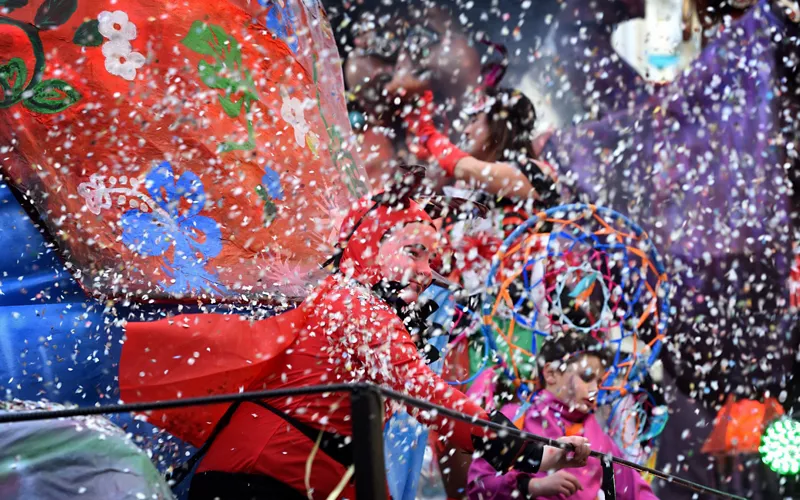
This is the most enjoyable and festive carnival in Latium with allegorical parades, horse races and fun for young and old alike. The event opens with the Charge of the Hussars along the slope of Montecavallo wearing faithful period costumes on their war horses. Don't miss the Barberi races - the riderless horse races to win the Palio della Manna. On Shrove Tuesday, the Carnival King makes his entrance in top hat and tails who is entrusted with the keys to the city, followed by the colourful parade of allegorical floats accompanied by music, masks, confetti, streamers and dancing processions. Don't miss the sarcastic get together of Red Noses singing songs of praise to wine and the pleasures of the table!
Credit to: Enrico Barbini

